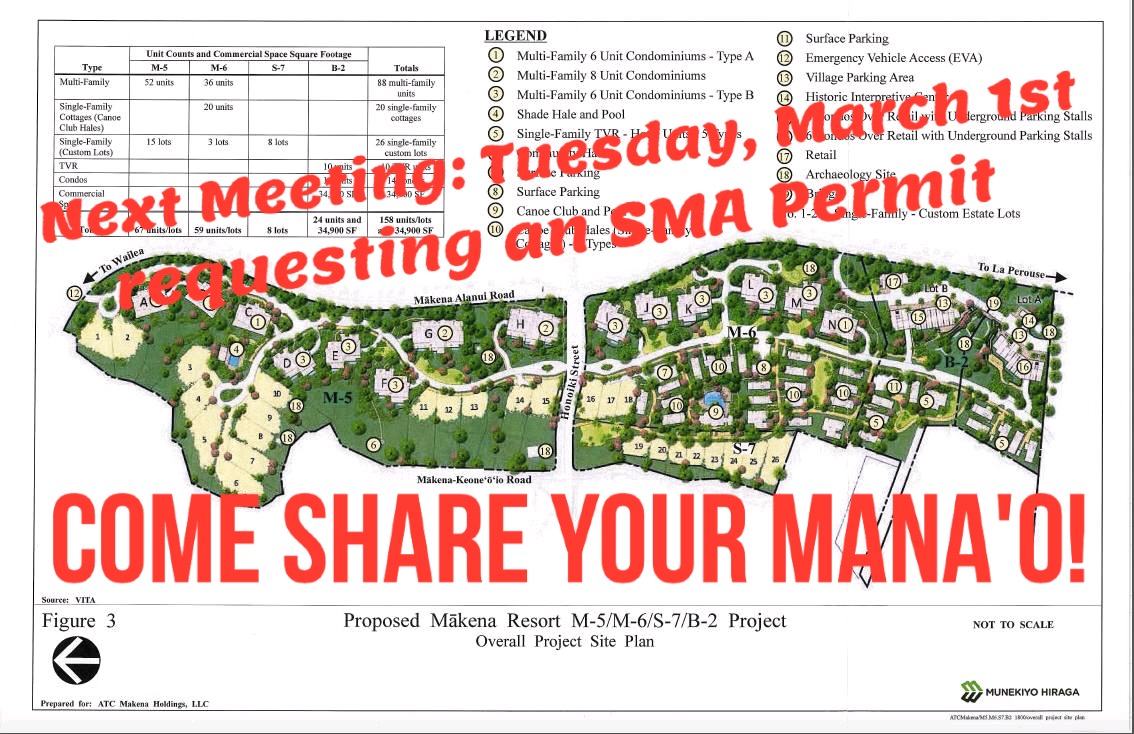Good Neighbors: How to Share Hawaii’s Beaches with Endangered Monk Seals

As the Hawaiian monk seal (HMS) population in the main Hawaiian Islands continues to naturally increase, the number of encounters between seals and humans is certain to increase as well. The eight-minute video, “Good Neighbors: How to Share Hawaii’s Beaches with Endangered Hawaiian Monk Seals,” uses 3-D animated graphics, video and reinforcing messages that “pop-up” on the screen to convey important information about responsible wildlife viewing of Hawaiian monk seals and how being a good neighbor to Hawaiian monk seals is beneficial to both seals and humans.
NOAA Fisheries hopes that this video will enhance public understanding of human-seal interactions and the direct impact that has on the population and recovery of the monk seal species.
The Hawaiian Monk Seal: A Few Important Facts
- Hawaiian monk seals are one of the most endangered species on the planet
- Their overall population is declining
- They only live in the Hawaiian archipelago, which includes the remote Northwestern Hawaiian Islands (NWHI) and the main Hawaiian Islands (MHI)
- The small population in the MHI is increasing despite the decline of the overall population
Co-existing Safely and Preventing Conflicts

Hawaiian monk seals are some of Hawaii’s most unique and charismatic wildlife. However, always remember:
- Monk seals are wild animals
- Hawaiian monk seals are not normally aggressive toward humans
- They are large and outweigh the average human by several hundred pounds
- Interactions with monk seals are rare but safety risks can arise when:
- a mother seal is defending her pup
- an isolated young seal is seeking out a human to play with
Habituation vs. Conditioning
Habituated seals usually don’t cause problems, but conditioned seals usually do

Habituation
Monk seals are naturally wary around humans, but they are almost guaranteed to come into close proximity to people on the beach and in the water around the main Hawaiian Islands.
- If nothing negative happens to a monk seal when it encounters humans, the seal may learn to be less wary of people and become habituated
- Because a habituated seal does not see humans as a threat, it will tolerate their presence in order to use an important resource like beaches where seals rest or take care of their young
- This co-existence is not necessarily harmful for seals or humans
- Sharing space is an adaptation that monk seals have made in order to survive

Conditioning
If a monk seal starts getting a reward of food or social interaction when it comes into contact with humans, then it may become “conditioned.” A conditioned seal is not only less wary and more tolerant of humans, but is actually attracted to the places where people fish or swim, in the hopes that it will get some food or social interaction from them.
- Conditioning leads to learned behaviors in seals that pose potential dangers for both monk seals and humans
- Monk seals can be a safety hazard to humans because of their large size if they seek out humans for food or to play with
- A conditioned monk seal can lose the ability to take care of itself in the wild
Hawaiian monk seals that seek out areas with many humans may increase their risk of:
- Being hooked or entangled in fishing gear
- Catching a disease from humans or domestic pets
- Removal from their wild home (if a seal becomes a safety hazard that cannot be effectively managed)
With suuport from the community, co-existence with habituated seals is almost always successful. However, even with community support, co-existence with conditioned seals is usually extremely difficult.





